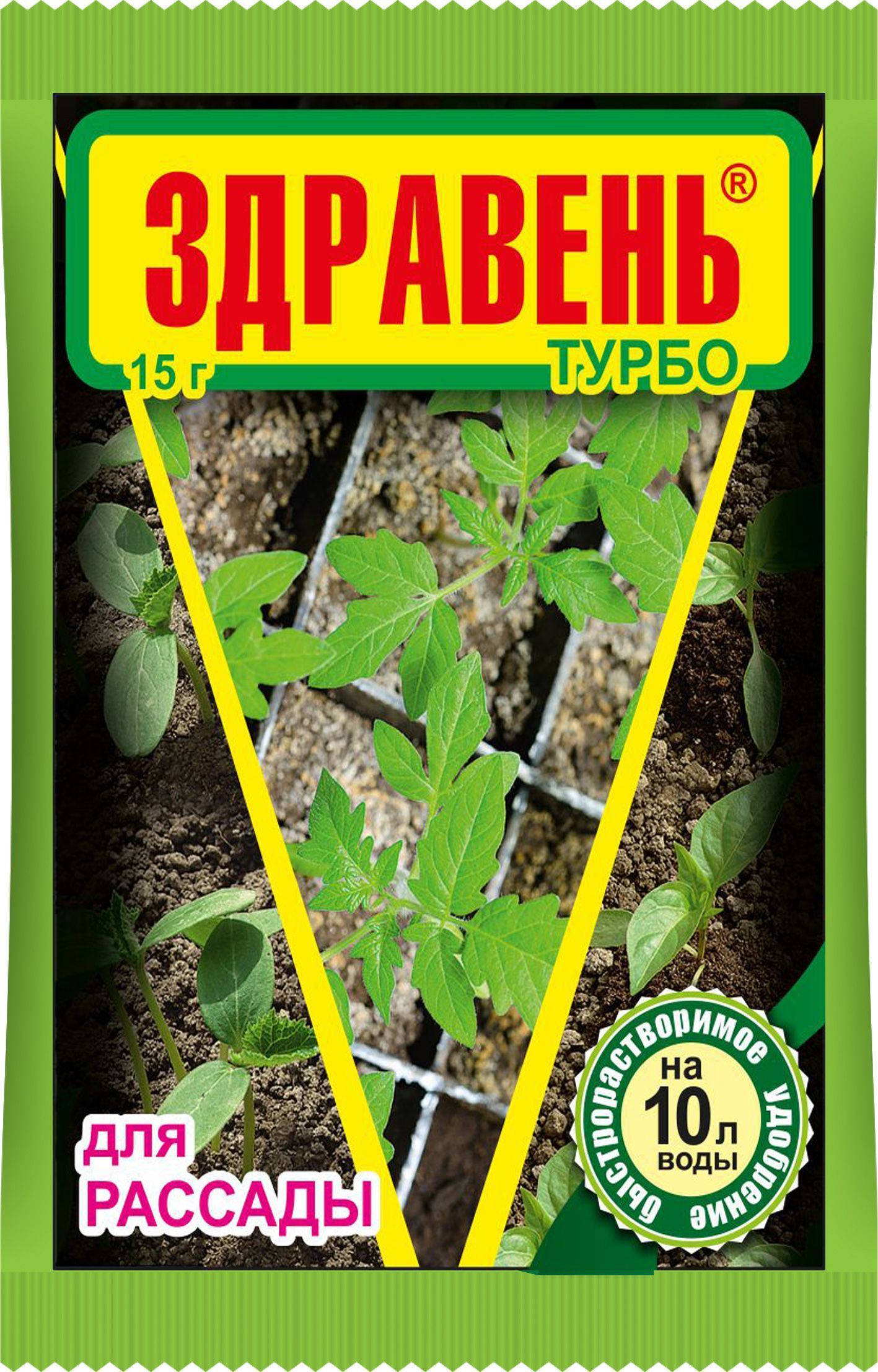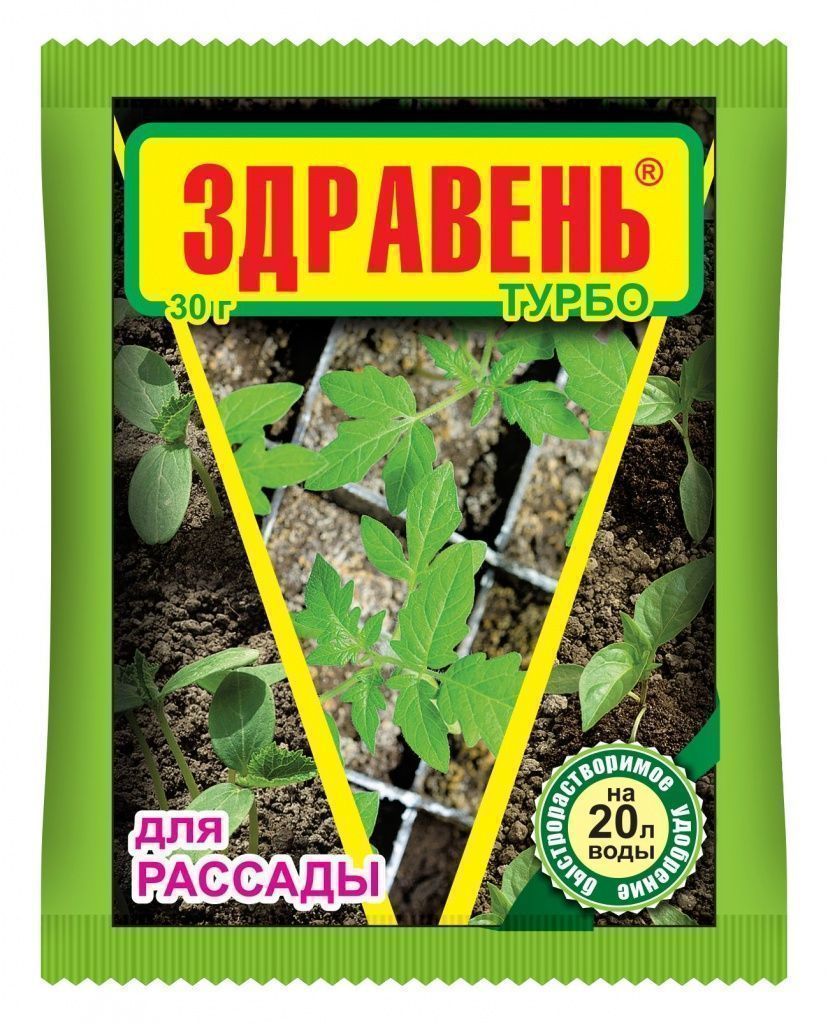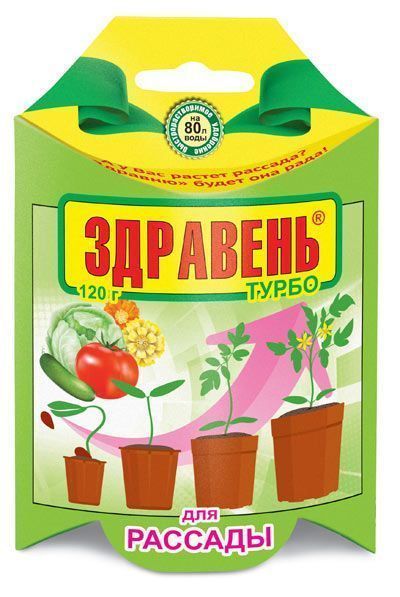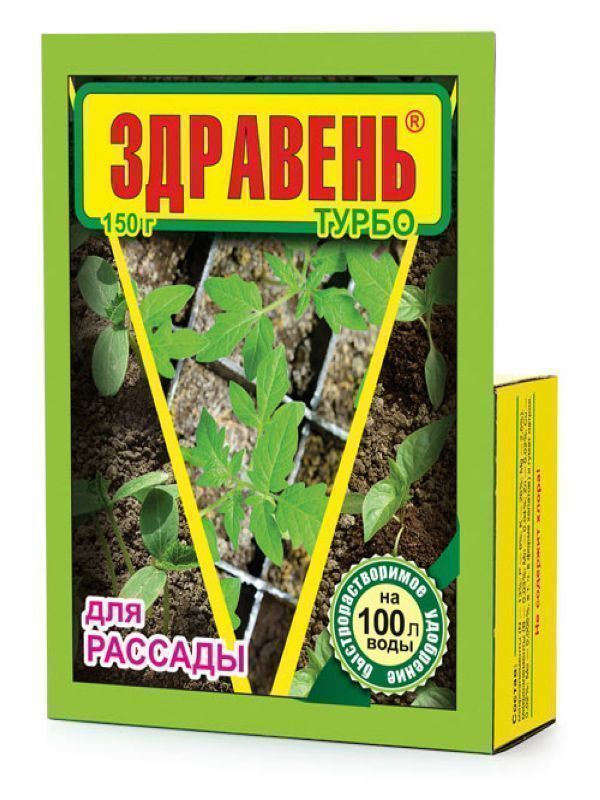It helps the development of the root system, promotes the formation of strong and well-tolerant seedlings, strengthens the plants' own immunity and resistance against adverse weather conditions. Accelerates the development of plants and creates the basis for future good harvests.
Does not contain chlorine!
CNFEA 3105209000.
 скачать
скачать
 скачать
скачать
 скачать
скачать
 скачать
скачать
Produced according to Technical Conditions TU No 20.20.19-016-47533666-2021
Mass fraction of nutrients (nutrition elements) not less than, %:
Nitrogen (N) – 13.0; potassium (K2O) – 26.0; phosphorus (P2O5) – 6.0; magnesium (MgO) – 2.5; zinc (Zn) – 0.02; copper (Cu) — 0.02; molybdenum (Mo) – 0.005; manganese (Mn) – 0.04; boron (B) – 0.03
Technology of application of agrochemicals:
It is recommended to fertilize plants by watering (traditional watering, drip irrigation, irrigation, etc.) or spraying using all types and systems of irrigation or spraying – watering cans, sprayers, etc. hand tools.
To prepare a working solution of agrochemicals, water is poured into a watering can (sprayer tank, etc.) by about 2/3 of the volume, the necessary amount of fertilizer is added, water is added to the calculated volume, the solution is mixed and fertilizing is carried out.
It is not recommended to carry out foliar fertilizing in hot sunny weather.
The most effective is a combination of spraying and watering, especially in the early phases of plant development. On the eve of fertilizing, it is recommended to pour water on the plants.
When retailing, the buyer (consumer) must follow the recommendations for the use of fertilizers, which are attached to each packaging unit of the product.
All work with agrochemicals should be carried out in compliance with personal protective measures. As personal protective equipment, use rubber gloves with a knitted base, rubber boots.
Table of regulations for the use of agrochemicals in personal subsidiary farms:
| Culture | Dose of application | Features of application, intervals |
| Seedlings
(any) |
1.0-1.5 g/l of water
Consumption of the working solution is: for non-root feeding – until the surface of the leaves is wetted; for root feeding – until the earthen lump is moistened. |
top dressing of plants 7 days after pricking out and then 1-2 times with an interval of 7-10 days |
Restrictions on the transportation, use and storage of agrochemicals:
Works related to the storage, transportation and use of agrochemicals are carried out in accordance with the requirements of the current sanitary rules and regulations: SanPiN 1.2.2584-10 «Hygienic requirements for the safety of testing processes, storage, transportation, sale, application, neutralization and disposal of pesticides and agrochemicals», SP 1.2.1170-02 «Hygienic requirements for the safety of agrochemicals». The use of agrochemicals in the water protection zone of water bodies is prohibited.
First aid for poisoning:
At the first signs of malaise, you should immediately stop working, remove the victim from the area of exposure to the drug, carefully remove work clothes and personal protective equipment, avoiding contact with the skin, immediately seek medical help.
In case of accidental ingestion – if the victim is conscious, rinse their mouth with water, give them several glasses of water to drink, induce vomiting, then give them water with activated carbon to drink (at the rate of 4-5 g of sorbent per glass of water) and immediately seek medical help.
If the fertilizer gets on the skin, wash the contaminated area with soap.
In case of contact with eyes, rinse immediately with plenty of clean running water.
If inhaled, remove the victim to fresh air, remove personal protective equipment, and ensure rest.
After providing first medical aid, if necessary, seek medical help or take the victim to a medical facility, presenting a medical label or recommendations for use.
Phone number and address for emergency treatment in case of poisoning:
If necessary, consult the toxicological center: 129090, Moscow, Sukharevskaya Square 3, building 7, FSU «Scientific and Practical Toxicological Center» of the FMBA of Russia (works around the clock), phone: +7(495)628-16-87; fax: +7(495)621-68-85
Storage conditions: agrochemicals should be stored in a dry, cool room, in hermetically sealed packaging of the manufacturer, separately from food, medicines, feed in places inaccessible to children and animals; outside residential premises and premises with a permanent stay of people.
Shelf life: 3 years from the date of manufacture.